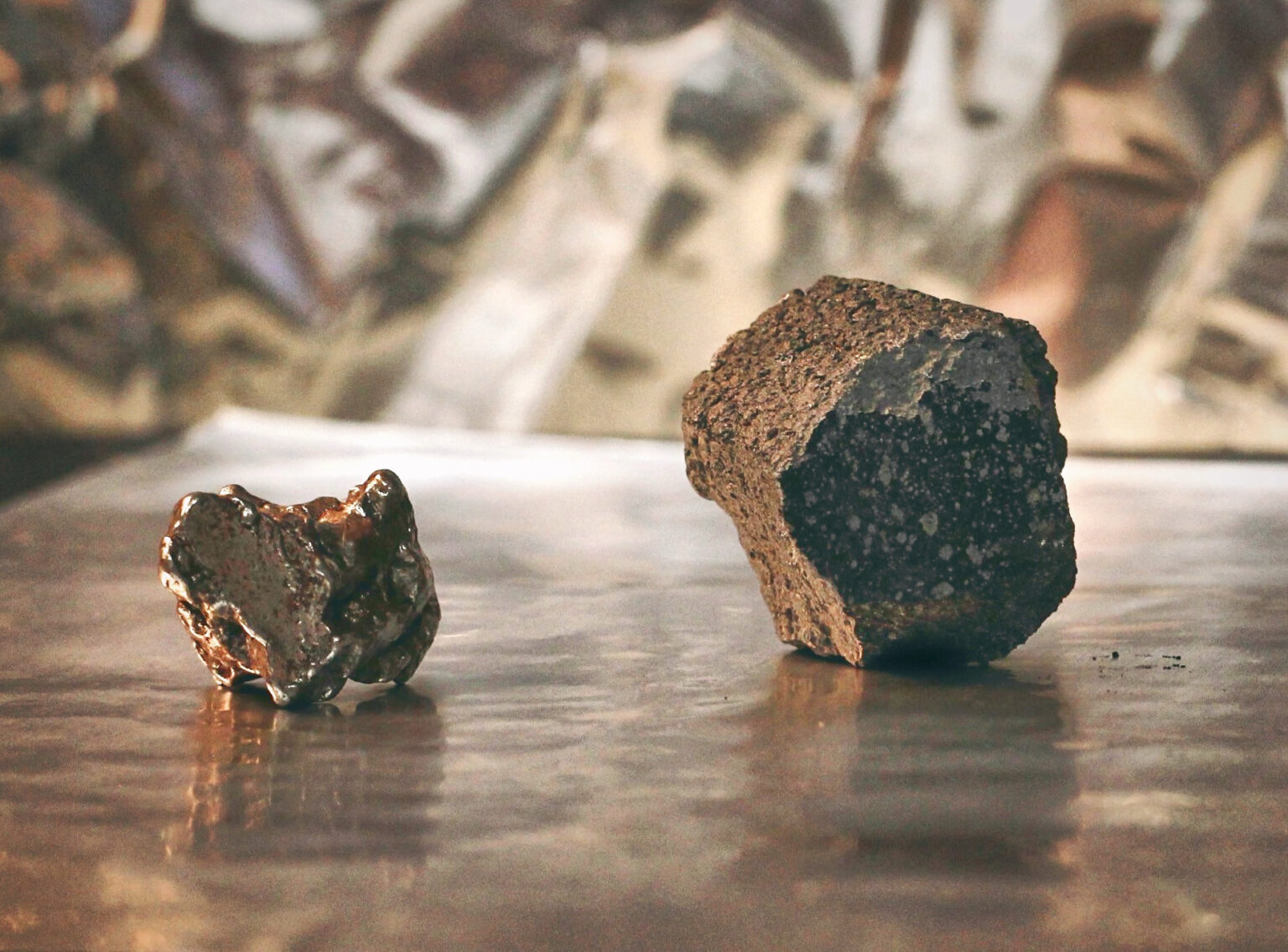Many substances important for the origin of life are volatile, in other words, they vaporize at rather low temperatures. An element known as zinc could reveal the origin of these elements in an unexpected way.

Volatile substances on Earth
Researchers from the University of Cambridge and Imperial College London have investigated which parts of the solar system formed the elements that are commonly considered the “building blocks” of life and are volatile.
Volatile substances are known as substances that have very low boiling temperatures. Therefore, they are easily converted to a gaseous state and can then travel in unpredictable ways. The question of their origin on Earth is closely related to the topic of the origin of life, because they include the six basic elements that compose living organisms and water.
Scientists haven’t completely resolved whether they could have hit the Earth directly during its formation or got here much later. The only thing they know for sure is that at some stage they were included in the planetesimals which formed when the particles comprising the gas-dust disk surrounding the young Sun “clumped together”.
Meanwhile, not all planetesimals were the same. The first of them contained a lot of radioactive substances, and therefore melted almost immediately after their origin. The Earth is believed to have been formed from them in the first order. Others were formed farther away from the Sun and didn’t experience anything like this.
Zinc reveals the past
Certainly, molten planetesimals couldn’t hold much volatiles. However, we have another question then: does most of the water and organic matter originate from the region beyond Jupiter’s orbit? Scientists can’t answer these questions. However, zinc can do it for them.
This metal is quite often present in meteorites, and it is found there in different forms, corresponding to the conditions of formation. Interestingly, similar forms of zinc are found in rocks. In a new study, scientists analyzed their ratio and came to an interesting conclusion.
It turned out that although 70% of all Earth’s material was formed from molten planetesimals, they provided the presence of only 10% of our planet’s zinc. In other words, most of it really came to us from the colder neighborhoods of the Solar System. This means that water and other substances important for life may come from there.
According to phys.org


